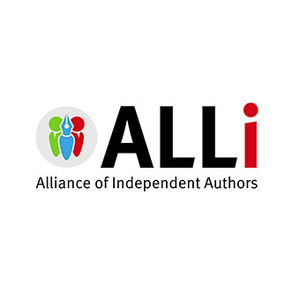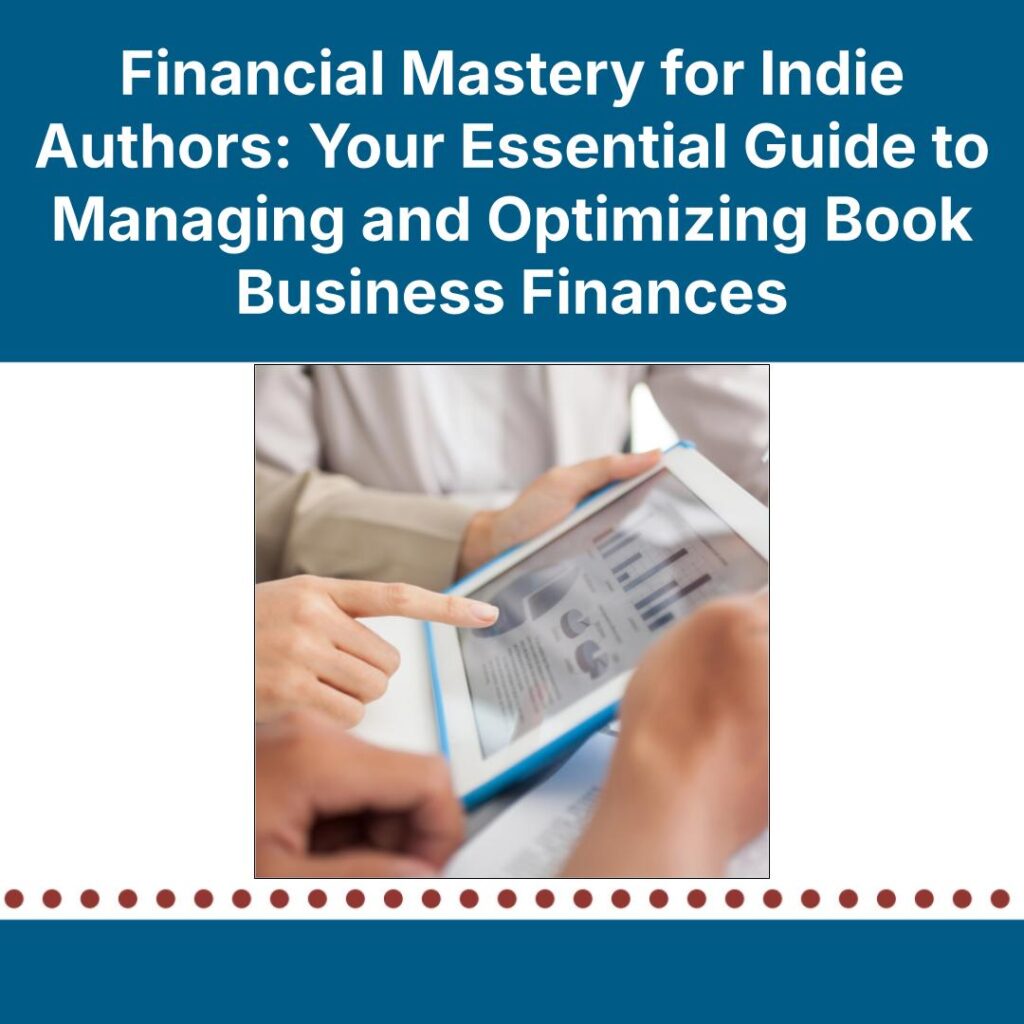Professional layout and formatting are crucial to a book’s success. All authors worry about their book covers, and rightly so, but a beautiful cover and wonderful content can quickly be overshadowed by poor layout and formatting. The Alliance for Independent Authors (ALLi) has a comprehensive book, Creative Self-Publishing, that covers the seven processes of self-publishing step-by-step, including book production, covered in chapter 19. The book is available for free to ALLi members and for purchase to non-members at https://selfpublishingadvice.org/bookshop. However, for a brief overview, here are a few formatting basics every author should understand before they start.
Layout is how the content of the book is organized on the page, such as where pictures appear and next to which specific text. Formatting refers to the perhaps “invisible” aspects of preparing a book for publication, such as margins and font sizes.
Indie authors today can use digital tools to produce e-books and print books and format them properly. For most indie authors, the core format is that of an e-book because it is easiest, cheapest, and quickest to produce. If this is your first time publishing, start with an e-book, as it will set you up fastest for sales.
Some genres have very specific needs and make use of creative and inspiring layouts. Children’s picture books require pictures and words to work seamlessly to tell stories, and some nonfiction relies on the layout of information to make its content successful. In one example, a self-help book published many years ago had excellent content but little in the way of case studies, chapter summaries, to-do lists, or diagrams, which made the advice in the book hard to implement. When it was later republished by a traditional publishing house, the content of the book hardly changed, but with the layout heavily revised to include the above elements, it became infinitely more accessible.
Even while writing your manuscript, look at similar books to understand what your reader may expect in the way of layout. Even a novel’s layout can benefit from creative elements, such as images included in chapter headings. You can consider what additional marketing elements can be added, from a request to review at the end to historical notes or images such as maps to help bring a world alive, and where to best place these elements to please the reader and enhance your long-term relationship with them for future book sales.
When it is time to format an e-book for publication, authors must decide whether its format should be fixed, or unadjustable, or if it should be reflowable, allowing changes to font size and adjusted dimensions according to the reader’s device and settings. On the whole, e-books work best if they can flow, which requires that authors upload them as a specific file type—most commonly an EPUB.
Formatting for e-books can also include things like having live links available, on which the reader can simply click to leave a review, visit your website, or purchase the next in series. Fortunately, software is available that can take care of this for you, and you can learn to DIY your layout and formatting, provided you are prepared to put in time and effort to learn your chosen package and what it can do. Because the software often offers a range of templates to speed up the process, a text-centric book will leave you with professional-looking interiors with little effort. There is a free formatting package available online at Reedsy, and the two most commonly used paid software packages are Vellum (for Mac only) and Atticus (for Mac and Windows). For a comprehensive guide to formatting e-books, visit ALLi’s blog on this topic: https://selfpublishingadvice.org/how-to-publish-an-ebook.
Remember that some of your aesthetic choices can be altered by the reader if you publish a reflowable e-book: font size and style, margin, one- or two-page layouts, and so on are all modifiable, which may not be how you envisioned the book but might be important for the accessibility of the reader. If your book requires images or elements other than text, it may be best to use a paid formatting service.
ALLi recommends all authors seek to maximize the formats they offer readers, so once your e-book is ready, also create printed book files (PDFs), which can then be printed on demand. Even with simple layout options, like novels, it is still important to choose an appropriate trim size for your category and to consider what kind of chapter headings, margins, and so on will do your content justice. You do notice these things if they have gone wrong or if the author or publisher makes odd choices—you don’t find novels that are A4 size! Font style and size matter for a book to be a pleasant reading experience, so it’s important to use the professional software mentioned above and to proofread for any issues. Poor formatting can also lead to issues when uploading to online platforms: being told your margins do not follow guidelines that have been set can lead to much muttering and nail chewing! When it’s time to format your print book, this blog post will help: https://selfpublishingadvice.org/the-ultimate-guide-to-formatting-your-print-book.
If the thought of learning yet another skill leaves you feeling weary or you prefer to outsource tasks that are not in your zone of genius, there are companies that offer professional layout and formatting services. These professionals commonly use InDesign, a more complex software. ALLi’s Approved Services Directory of publishing services—free to members or available for sale—lists organizations that offer this service and many others, including editors and cover designers, all of whom have been vetted by ALLi to ensure they provide a quality service you can trust, as part of its watchdog efforts within the industry. ALLi’s book Choose the Best Self-Publishing Services: ALLi’s Guide to Assembling Your Tools and Your Team by John Doppler can be useful in choosing services that work best for you. The book is free for members and available for sale to non-members.
A final tip for your longer-term success: don’t forget that while we often remember to update the covers of our back catalog when they look dated, we should always consider our interiors as well. Over time, expectations around things like font style and size also change.
Whether you choose to do it yourself or hire a publishing service, don’t rush to publication without making sure your layout and formatting are the very best they can be. The success of your book could rest on it.
As part of ALLi’s advocacy, we also offer a guide on how to self-publish for free, as we do not want finances to be a barrier to any writer. You can find the guide here: www.allianceindependentauthors.org/campaigns/selfpub3.







